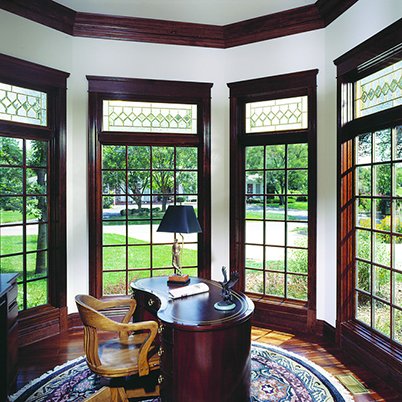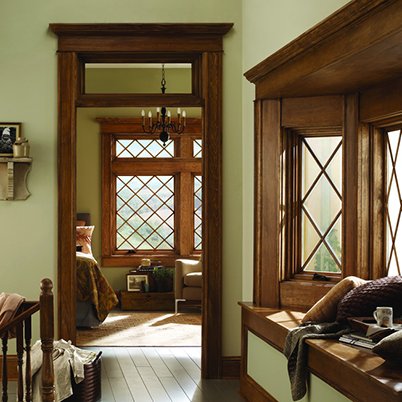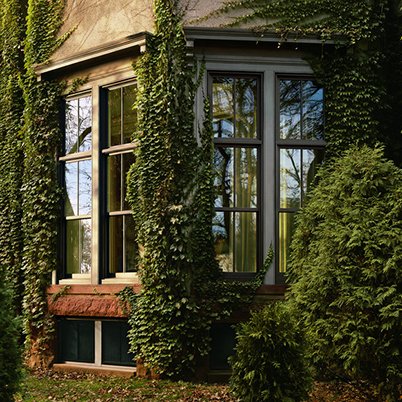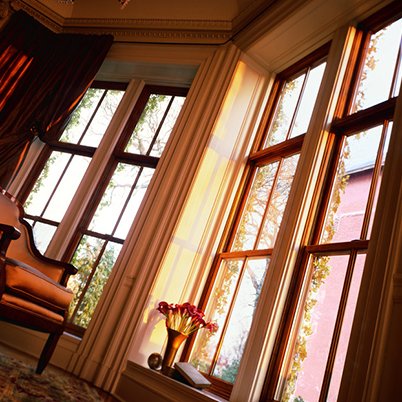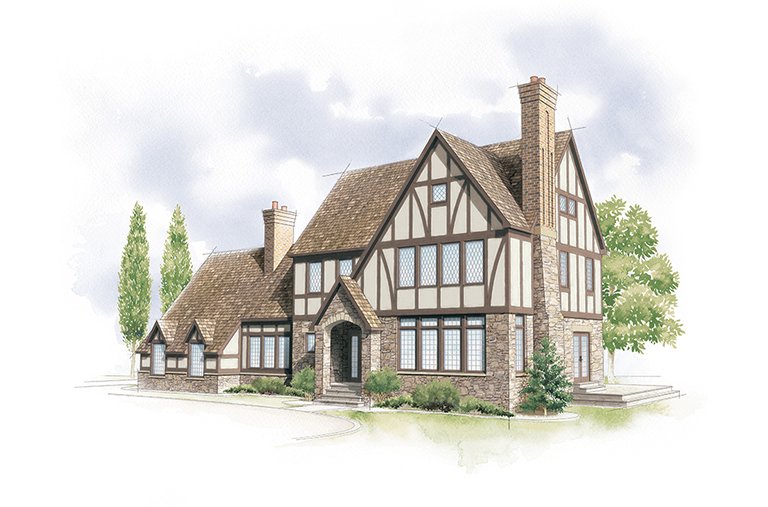
The Tudor Home
Tudor style homes are based loosely on early English building traditions and emerged in the United States around 1890. The most distinctive features include exposed timbers interspersed with stucco. Details were often borrowed from Renaissance, Prairie and Craftsman styles.
essential elements
Essential Style Elements
Tudor homes feature steeply pitched roofs with single or multiple front gables. Exteriors include decorative half timbering with stucco or brick infill, and combinations of stucco, wood, brick and/or stone. Additional details include asymmetrical door and window compositions with bay windows, recessed entries and large, elaborate chimneys.
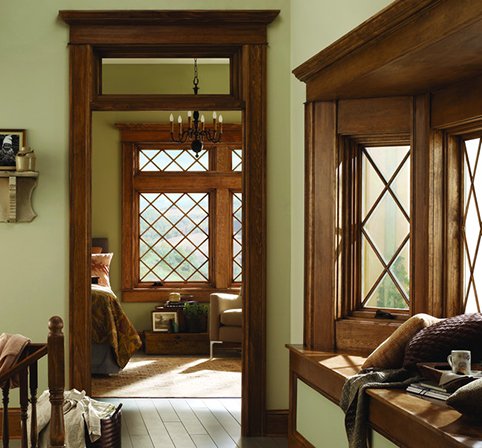
Quintessential Windows
Although the Tudor style uses a number of window types, the most common is a casement window, often with multiple windows mulled together. Transom windows are also typical, as are bay windows projecting from the first or second story.
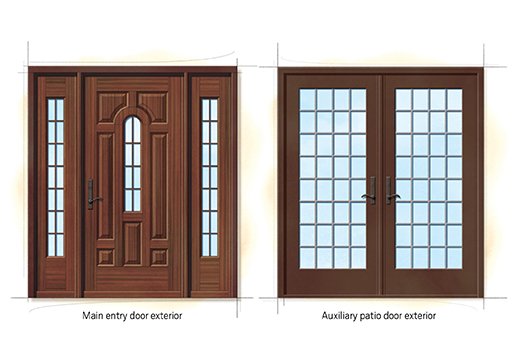
Quintessential Doors
For the main entry, a plank with a half-round archtop and a small panel of glass is common. An auxiliary door that had a utilitarian function was often a plank construction type of door. For doors leading to a garden, glass panels were often used.
style options
Colors & Finishes
Window colors are deep, warm and dark. The window's frame, sash and trim are usually one color - typically a dark brown or a reddish-brown - and the wall material is white or beige stucco. However, the wall material does not need to contrast with the windows themselves and can be of similar color value.
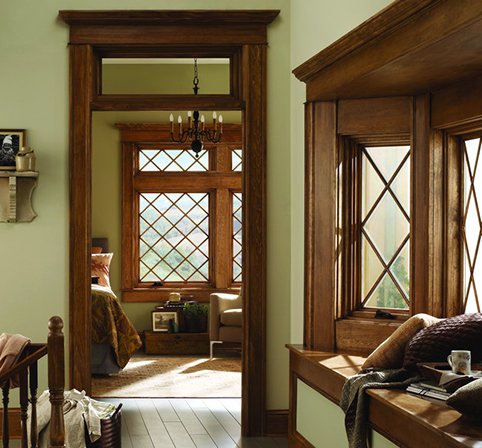
Exterior Color Palette
-
 Terratone
Terratone -
 Forest Green
Forest Green -
 Cocoa Bean
Cocoa Bean -
 Red Rock
Red Rock -
 Black
Black
Interior Wood Species
-
 Pine
Pine -
 Oak
Oak
Interior Stain Colors
-
 Honey
Honey -
 Russet
Russet
Hardware Styles
Tudor window hardware is simple and functional. Integral hardware elements include sash lifts and locks. A distressed bronze finish is most authentic for the style.
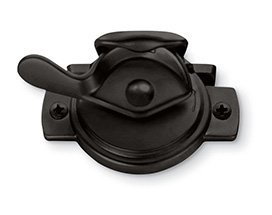
Double-Hung Hardware
Lock and Keeper in Oil Rubbed Bronze finish
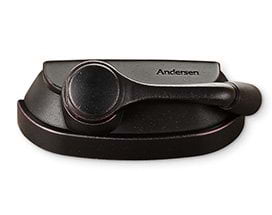
Casement Window
Traditional Folding Hardware in Distressed Bronze finish
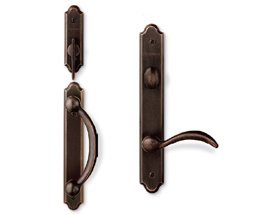
Encino® Door Hardware
Encino® hardware is an ideal complement for Tudor style homes. Made of solid, forged brass for a substantial Tudor style look and feel, it features a simple, clean design and is available in a deep, distressed bronze finish that is historically accurate. A distressed nickel finish is also available.
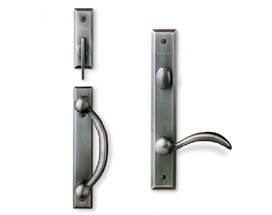
Yuma® Door Hardware
Yuma® hardware is an ideal complement for Tudor style homes. Made of solid, forged brass for a substantial Tudor style look and feel, it features a simple, clean design and is available in a deep, distressed bronze finish that is historically accurate. A distressed nickel finish is also available.
Hardware Finishes
-
 Black
Black -
 Distressed Bronze
Distressed Bronze -
 Distressed Nickel
Distressed Nickel -
 Oil Rubbed Bronze
Oil Rubbed Bronze
Grille Patterns
Diamond patterns with metal caming are the traditional choice for Tudor style casement windows, although square patterns are occasionally selected. For double-hung windows, rectangular patterns are preferred and may be made of wood. A combination of diamond and rectangular patterns may be used in the same house.
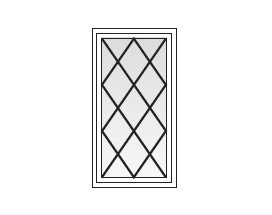
Diamond

Colonial
photo gallery
Pattern Book
More On This Home Style
Pattern books from the Andersen Style Library present quintessential details of the most popular American architectural styles, with an emphasis on window and door design. The result of years of research, they exist to make it easier to create homes with architectural authenticity.
Download
View Pattern Book



